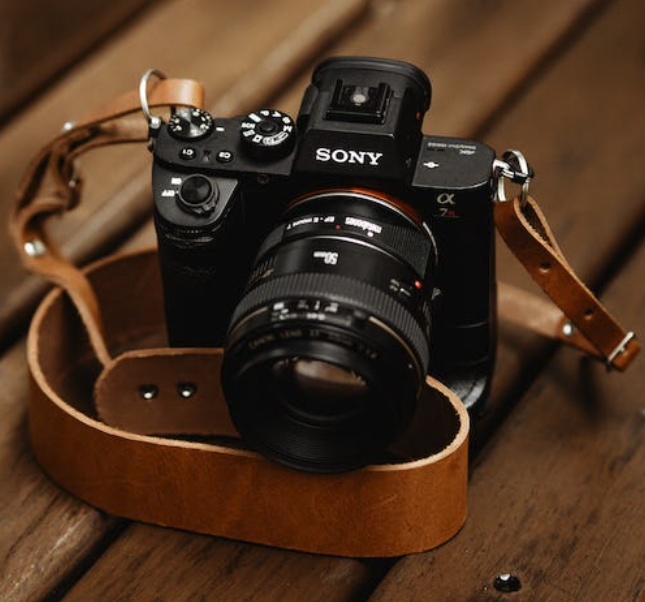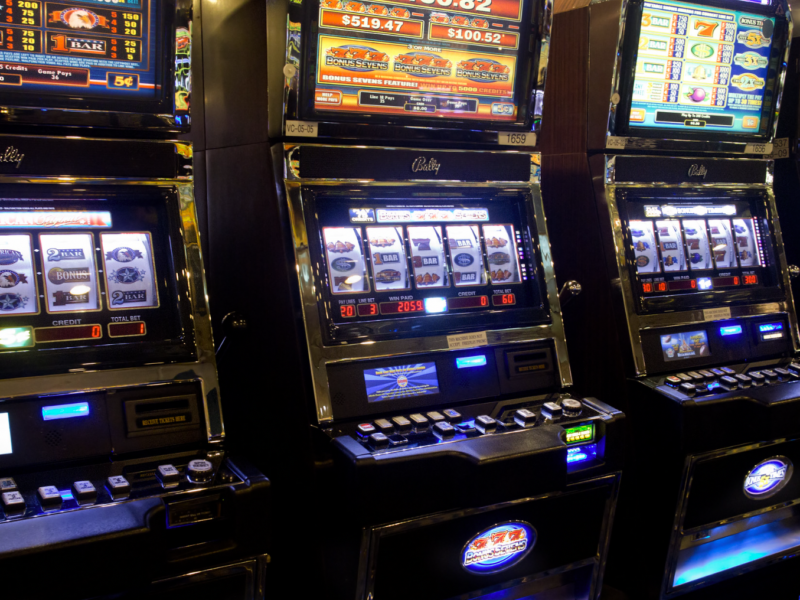Mirrorless cameras are digital cameras that do not use a mirror system (like DSLRs) to direct light from the lens to the sensor.
Instead, they use an electronic viewfinder (EVF) or an LCD screen to display what the camera is seeing.
This makes them smaller and lighter than DSLRs, and they often have better battery life as well.
Table of Contents
Advantages of Mirrorless Cameras
Mirrorless cameras have a number of advantages over their DSLR counterparts.
Smaller, lighter
First, because they don’t need a mirror system, they can be made much smaller and lighter – perfect for travel photography.
Battery life
Second, they often have better battery life since they don’t need to power a complex mechanical system.
Advanced features
And finally, many mirrorless cameras offer advanced features like 4K video recording and built-in WiFi that DSLRs can’t match.
Mirrorless vs. DSLR
If you’re looking for a new camera and are trying to decide between a mirrorless camera and a DSLR, it really comes down to your needs and preferences.
If you want the best possible image quality and don’t mind carrying around a bit more weight, then a DSLR is probably the way to go.
But if you’re looking for a smaller, lighter camera that’s easy to carry with you everywhere, then a mirrorless camera is probably the better choice.
Why mirrorless cameras are taking over
How to Take Care of a Mirrorless Camera
To keep your mirrorless camera in top condition, there are a few things you can do:
Clean the lenses regularly
It’s important to clean the lenses of your mirrorless camera regularly. This will help to keep them free of dirt and fingerprints.
You can use a lens cleaning kit, or simply a soft cloth and some lens cleaner.
Store the camera properly
When not in use, it’s important to store your mirrorless camera properly.
Make sure to put it in a safe place where it won’t be dropped or knocked around. It’s also a good idea to keep it in a camera bag to protect it from the elements.
Avoid extreme temperatures
Extreme temperatures can damage your mirrorless camera.
Avoid leaving it in a hot car, or in direct sunlight for extended periods of time.
Also, be careful not to let the camera get too cold, as this can also cause damage.
What does ISO mean?
In digital photography, ISO is a measure of the sensitivity of the image sensor. The higher the ISO number, the more sensitive it is to light, and the less time you need to spend taking a picture.
However, there is a trade-off – the higher the ISO, the more grainy or “noisy” your photo will be.
For this reason, it’s usually best to keep your ISO as low as possible – unless you’re trying to take a low-light photo or want to create a specific effect.
What is shutter speed?
Shutter speed is how long the camera’s shutter is open while taking a picture. A faster shutter speed (like 1/1000) will freeze fast-moving subjects, while a slower shutter speed (like 1/30) will create a “blurry” or “streaky” effect.
You can adjust the shutter speed to get the effect you want, but keep in mind that a faster shutter speed requires more light – so you may need to compensate by opening up the aperture or increasing the ISO.
What is aperture?
Aperture is the size of the hole in the camera lens that lets light in. The bigger the hole, the more light gets in – and vice versa.
You can adjust the aperture to control how much light gets into the camera, and this will also affect the depth of field – or how much of the photo is in focus.
A large aperture (like f/2.8) will produce a shallow depth of field, while a small aperture (like f/16) will produce a deep depth of field.
What is depth of field?
Depth of field is how much of the photo is in focus – from the foreground to the background. A shallow depth of field means that only a small part of the photo is in focus, while a deep depth of field means that most or all of the photo is in focus.
You can adjust the depth of field by changing the aperture – a large aperture (like f/2.8) will produce a shallow depth of field, while a small aperture (like f/16) will produce a deep depth of field.
Keep in mind that a shallow depth of field can be great for portraits, while a deep depth of field is often better for landscape photos.
What is white balance?
White balance is how the camera adjusts the colors in a photo to make sure they look “natural.” Different light sources have different color temperatures, and if the white balance is not set correctly, your photos can end up looking too warm (with a yellow or orange tint) or too cool (with a blue tint).
Most cameras have automatic white balance, but you can also set it manually to get the exact effect you want.
What is a megapixel?
A megapixel is a unit of measurement for the amount of digital information in an image. One megapixel equals one million pixels, and the more megapixels a camera has, the more detail it can capture.
For example, a 12-megapixel camera can capture about four times as much detail as a 6-megapixel camera. However, megapixels are not the only factor that determines image quality – things like lens quality, sensor size, and image processing also play a role.
What is a RAW file?
A RAW file is an unprocessed image that contains all of the data captured by the camera’s sensor. This file type is usually larger than other file types (like JPEG), but it gives you more control over the final image.
You can think of a RAW file like a negative in film photography – it’s not quite ready to be turned into a print, but it has all of the information you need.
What is a JPEG?
JPEG is a type of image file that is created by the camera when you take a picture.
This file type is smaller than a RAW file, but it is already processed (meaning the image is “finished” and ready to be printed or shared).
The main disadvantage of JPEG files is that they are not as flexible as RAW files – meaning you have less control over the final image.
What is image stabilization?
Image stabilization is a feature that helps reduce camera shake and blur. It is especially helpful when taking photos in low light or with long lenses.
There are two main types of image stabilization: optical and digital.
Optical image stabilization uses physical elements to stabilize the camera, while digital image stabilization uses software algorithms to stabilize the image.
Some cameras have both types of image stabilization, while others have only one or the other.
What is a viewfinder?
A viewfinder is a small window that you look through to see what the camera sees. Most digital cameras have an LCD screen that you can use as a live viewfinder, but some cameras (especially DSLRs) also have an optical viewfinder.
An optical viewfinder shows you exactly what the camera will capture, while a live viewfinder shows you a preview of the image that may be slightly different from the final image.
What is shutter speed?
Shutter speed is how long the camera’s shutter is open when taking a photo. A longer shutter speed means more light is let in, while a shorter shutter speed means less light is let in.
Shutter speed is measured in seconds or fractions of a second, and it can have a big effect on the final image. For example, a slow shutter speed (like 1/30 sec) can produce blurry images if the camera is not held perfectly still.
A fast shutter speed (like 1/1000 sec) can freeze motion, which can be helpful for action shots or photographing moving objects.
Summary – Mirrorless Cameras
A mirrorless camera is a type of digital camera that uses a smaller image sensor and interchangeable lenses. Mirrorless cameras have many of the same features as DSLR cameras, but they are usually smaller and lighter.
One advantage of mirrorless cameras is that they allow you to see the image directly through the lens, which makes it easier to compose your shot. Another advantage is that they have shorter shutter lag times, meaning you can take photos more quickly.
The main disadvantage of mirrorless cameras is that they typically have shorter battery life than DSLR cameras.
When deciding between a mirrorless camera and a DSLR camera, it’s important to consider your needs and what type of photography you want to do.
If you need a camera with longer battery life or faster shutter speed, then a DSLR camera may be a better option.
If you want a smaller camera that is easy to carry around, then a mirrorless camera may be the better choice.
Ultimately, the best camera is the one that you will use most often and enjoy using the most.


